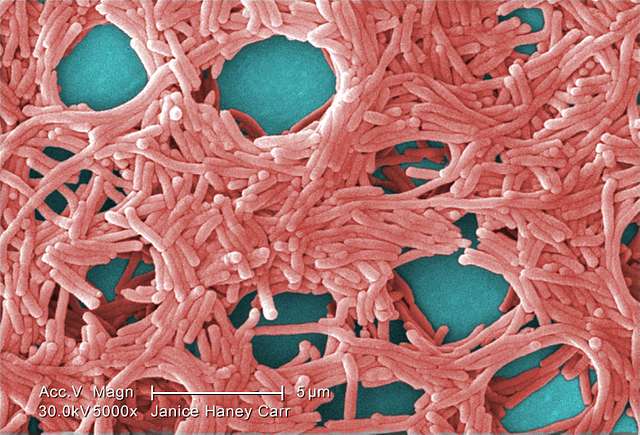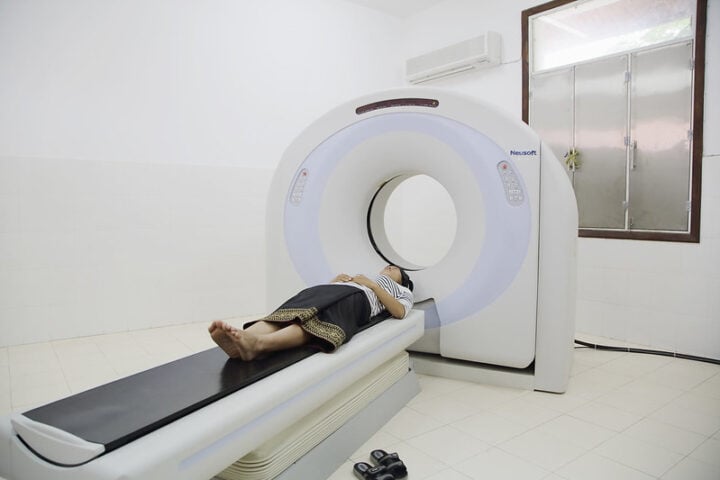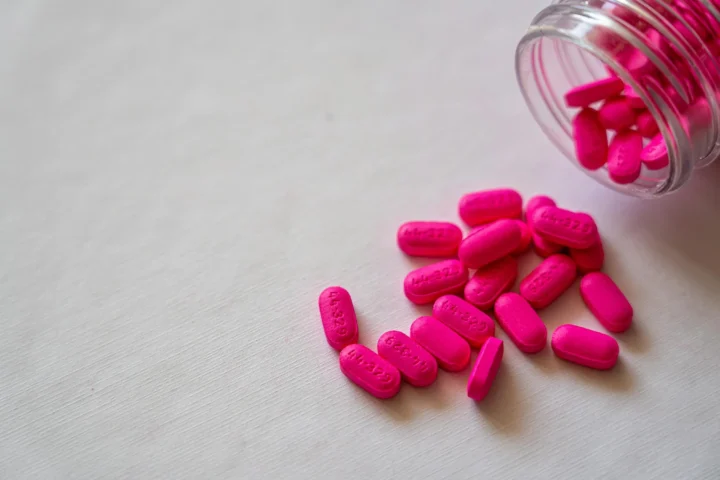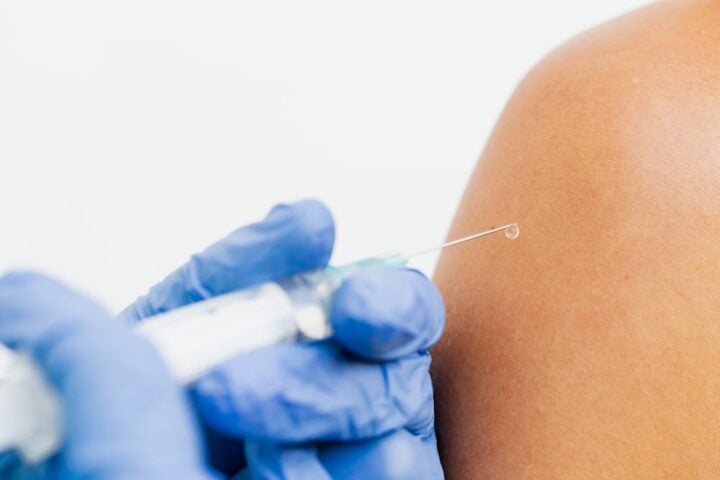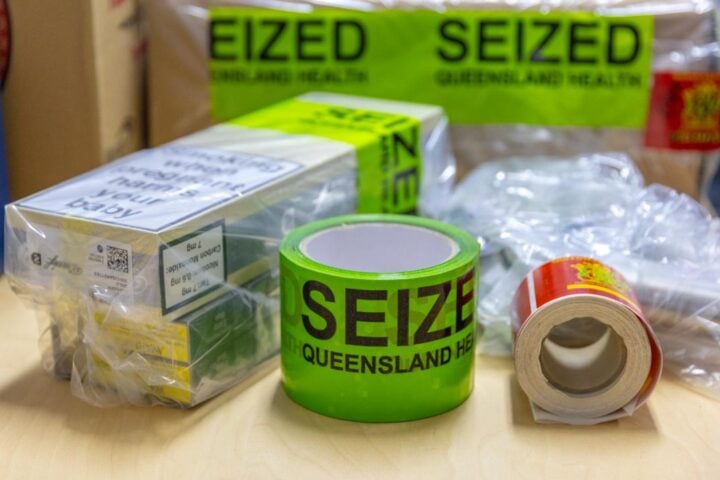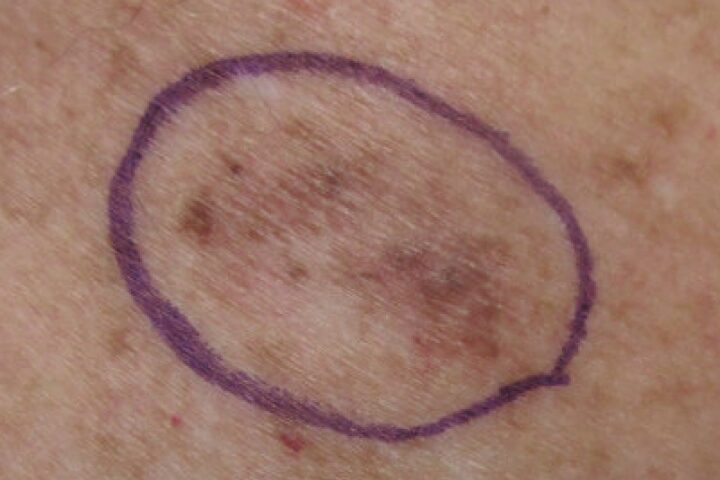A disturbing trend is emerging in young girls’ development, with puberty starting earlier than ever before. New research published in the Endocrine Society’s journal Endocrinology points to endocrine-disrupting chemicals (EDCs) as potential triggers for this concerning phenomenon. As a health-conscious journalist, I’m here to break down the nitty-gritty details and explore what this means for our daughters’ wellbeing.
The Alarming Shift in Puberty Onset
Girls hitting puberty at younger ages isn’t just a casual observation – it’s a scientifically documented trend that’s raising eyebrows in the medical community. Early puberty isn’t just about physical changes; it’s associated with a host of potential health issues, including:
- Increased risk of psychosocial problems
- Higher rates of obesity and diabetes
- Greater likelihood of cardiovascular disease
- Elevated breast cancer risk
These aren’t minor concerns – we’re talking about life-altering health implications that could affect an entire generation of young women.
The Chemical Culprits: EDCs Under the Microscope
So, what’s behind this shift? Researchers at the National Institute of Environmental Health Sciences (NIEHS) conducted a massive screening of 10,000 environmental compounds to identify potential puberty-triggering culprits. Their findings? Several substances that may be contributing to early puberty in girls:
- Musk Ambrette: This fragrance, found in some detergents, perfumes, and personal care products, emerged as a key player in the study.
- Cholinergic Agonists: A group of medications that, while less likely to be encountered by children in daily life, still pose a potential risk.
Dr. Natalie Shaw, the study’s lead author, explains: “We conducted a comprehensive screen of 10,000 environmental compounds with extensive follow-up studies using human brain cells that control the reproductive axis, and our team identified several substances that may contribute to early puberty in girls.”
Similar Posts
The Science Behind the Scare
Here’s where we get into the nerdy nitty-gritty. These compounds appear to stimulate key receptors in the hypothalamus – specifically, the gonadotropin-releasing hormone receptor (GnRHR) and the kisspeptin receptor (KISS1R). In plain English? They’re potentially jump-starting the reproductive system before its time.
Dr. Shaw adds a crucial caveat: “More research is needed to confirm our findings. But the ability of these compounds to stimulate key receptors in the hypothalamus raises the possibility that exposure may prematurely activate the reproductive axis in children.”
The Musk Ambrette Mystery
Musk ambrette is particularly concerning because:
- It’s found in everyday personal care products
- Some rat studies suggest it can cross the blood-brain barrier
While Canadian and European regulations restrict its use due to potential toxicity, and the U.S. Food and Drug Administration removed it from the “generally recognized as safe” list, musk ambrette still lurks in some products on store shelves.
Dr. Shaw’s advice? “This study suggests that, out of an abundance of caution, it is important for parents to only use personal care products for their children that are federally regulated.”
The Research Rundown
Let’s break down the study’s methodology:
- Screened 10,000 compounds from the Tox21 library (including pharmaceuticals, environmental chemicals, and dietary supplements)
- Used human cell lines overexpressing GnRHR or KISS1R
- Conducted follow-up analysis with human hypothalamic neurons and zebrafish
- Found that musk ambrette increased the number of GnRH neurons and GnRH expression
Dr. Menghang Xia, a co-author from the National Center for Advancing Translational Sciences (NCATS), highlights the efficiency of their approach: “Using human hypothalamic neurons and zebrafish provides an effective model for identifying environmental substances that stimulate the KISS1R and GnRHR. This study was a multidisciplinary team effort, and it showed that we can efficiently reduce the time and cost of assessing environmental chemicals for their potential effects on human health.”
The Bigger Picture: EDCs and Public Health
This study isn’t just about early puberty – it’s part of a larger conversation about the impact of environmental chemicals on human health. EDCs have been linked to a range of health issues, from reproductive problems to metabolic disorders.
The Endocrine Society, with its 18,000+ members across 122 countries, is at the forefront of hormone research and endocrine-related health issues. Their involvement in this study underscores the significance of these findings for public health.
What Can Parents Do?
While more research is needed, there are steps parents can take to minimize their daughters’ exposure to potential EDCs:
- Read labels carefully on personal care products
- Opt for federally regulated products when possible
- Reduce exposure to plastics, especially those containing BPA
- Choose organic produce when feasible to limit pesticide exposure
- Maintain a healthy diet and encourage regular physical activity
The Road Ahead: Research and Regulation
This study opens up new avenues for research into environmental triggers of early puberty. It also highlights the need for continued scrutiny of chemicals used in everyday products.
As we await further studies, the message is clear: we need to be mindful of the potential impact of environmental chemicals on our children’s development. By staying informed and making conscious choices, we can work towards a healthier future for the next generation.
Remember, while this research is groundbreaking, it’s just one piece of the puzzle. Continued scientific inquiry and public health initiatives will be crucial in fully understanding and addressing the complex issue of early puberty in girls.



